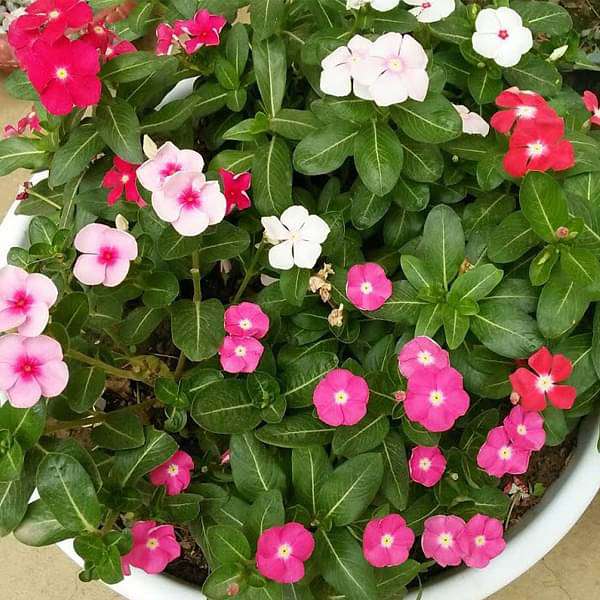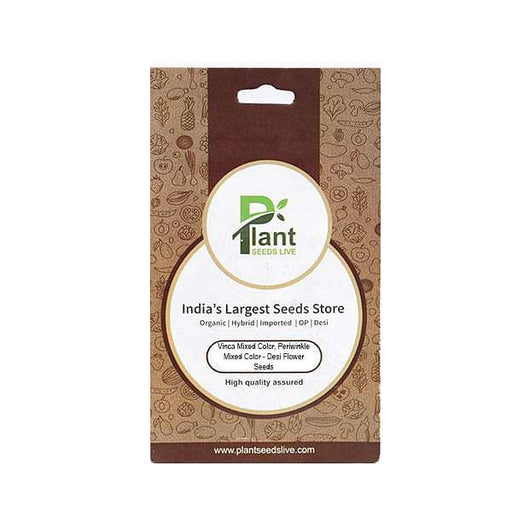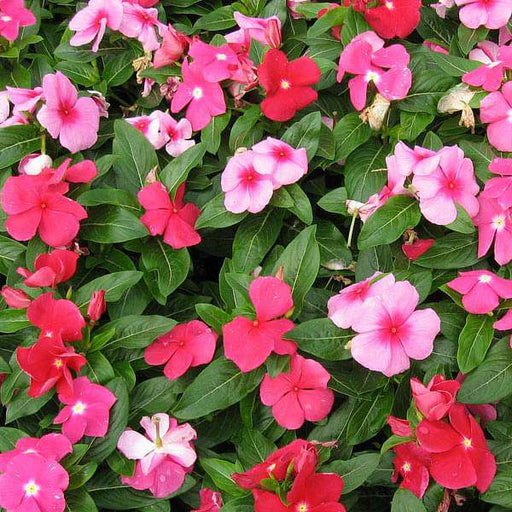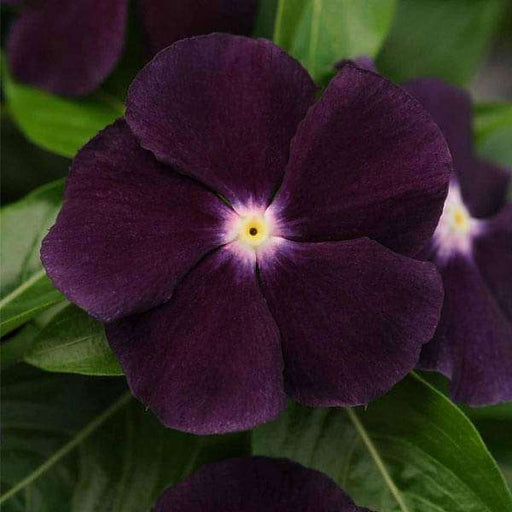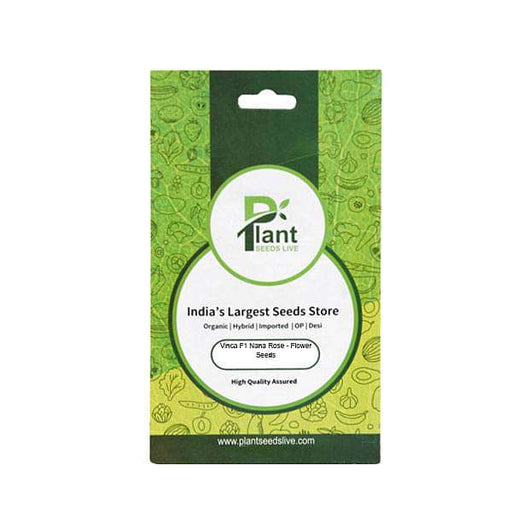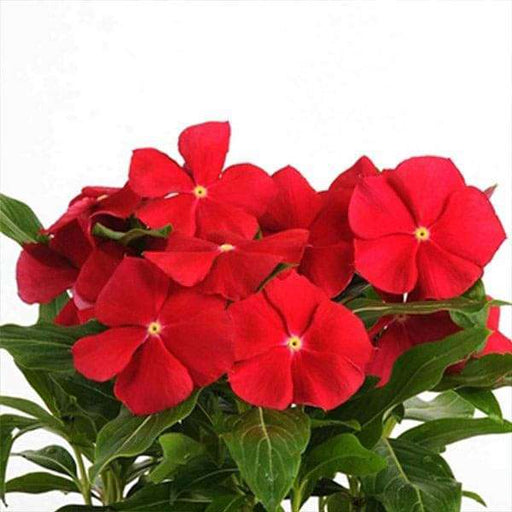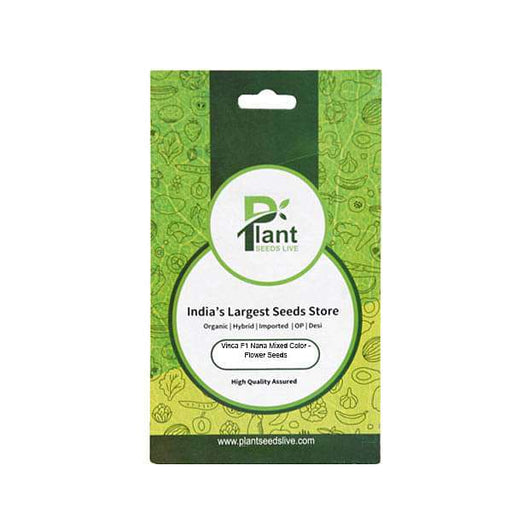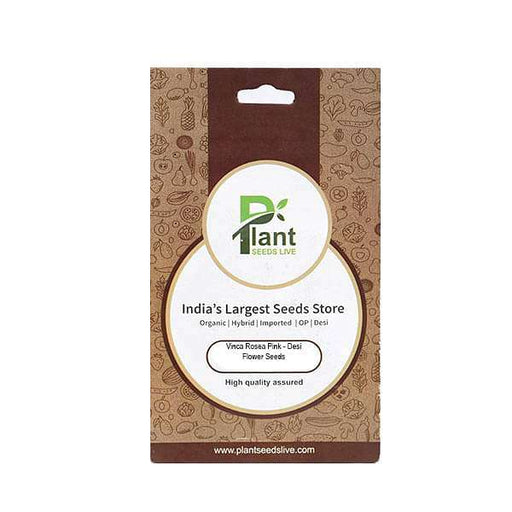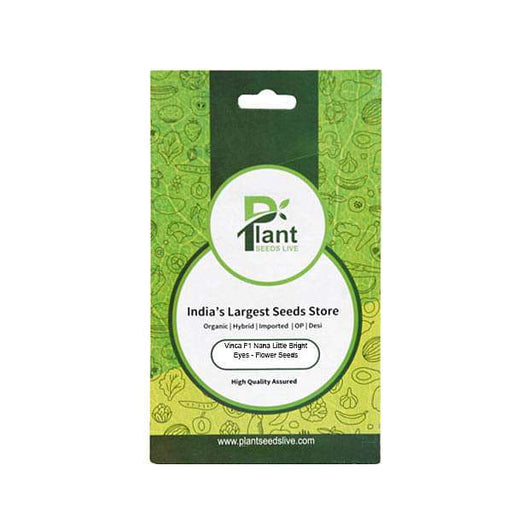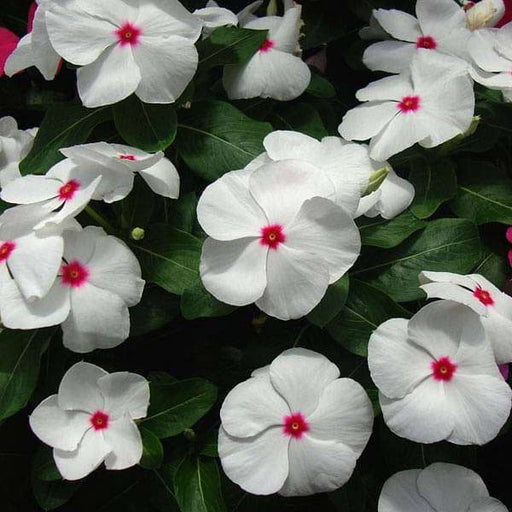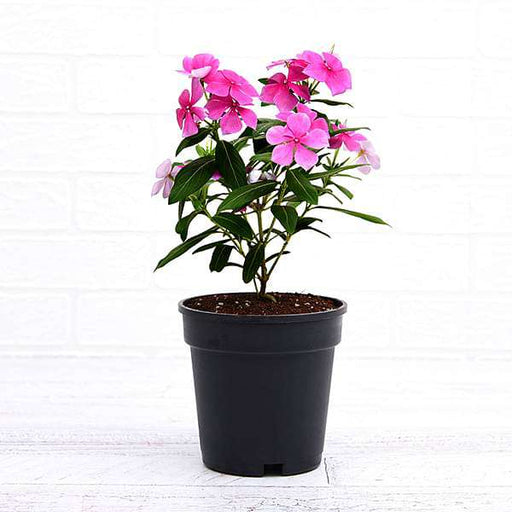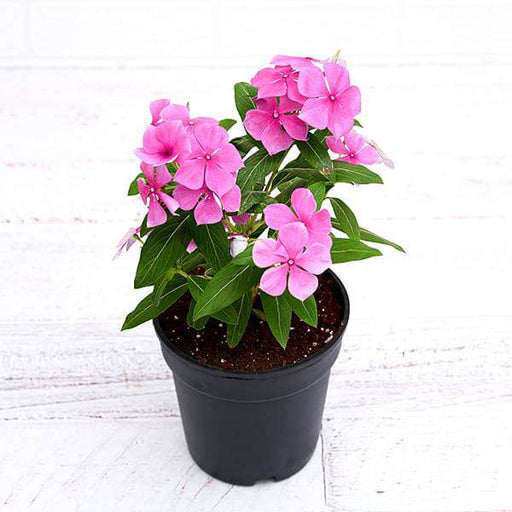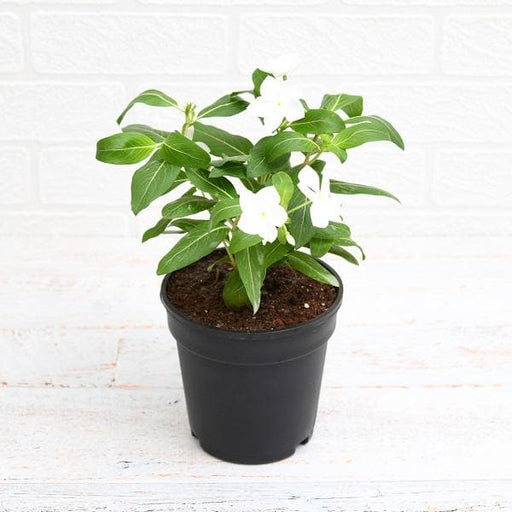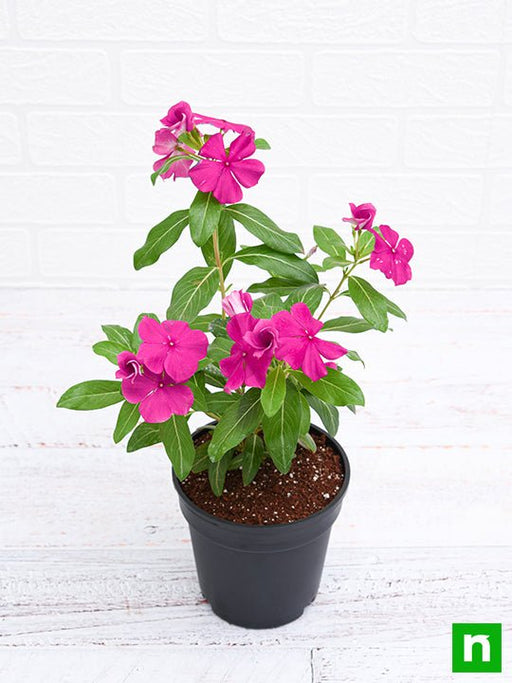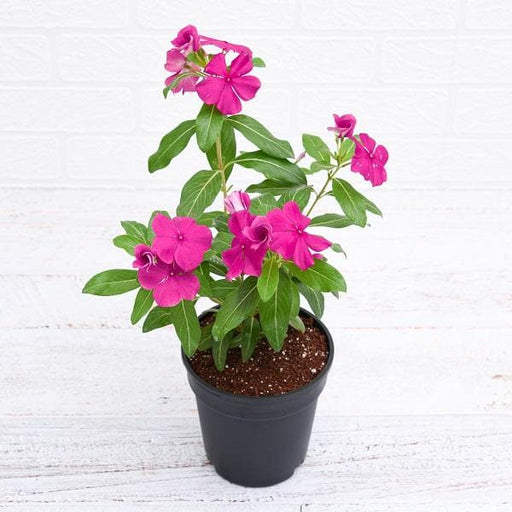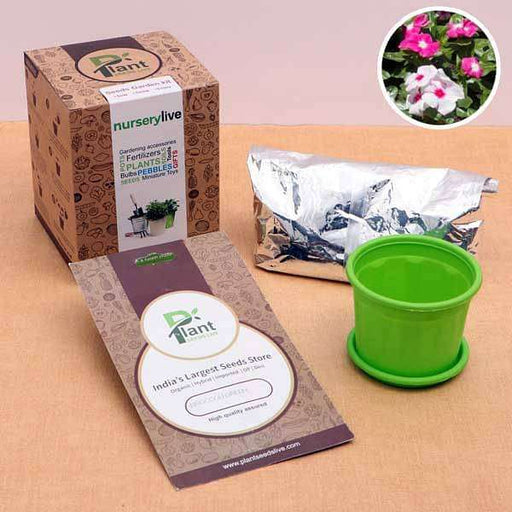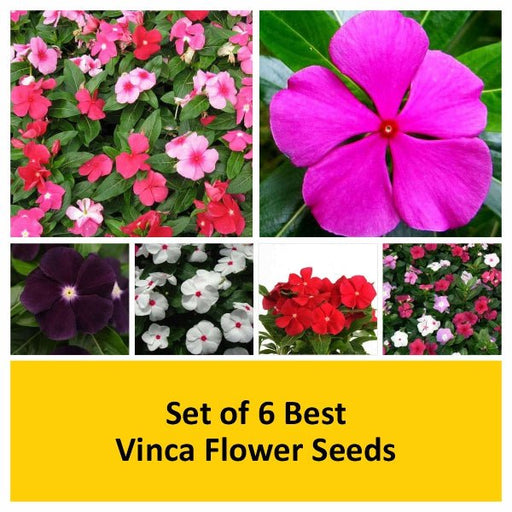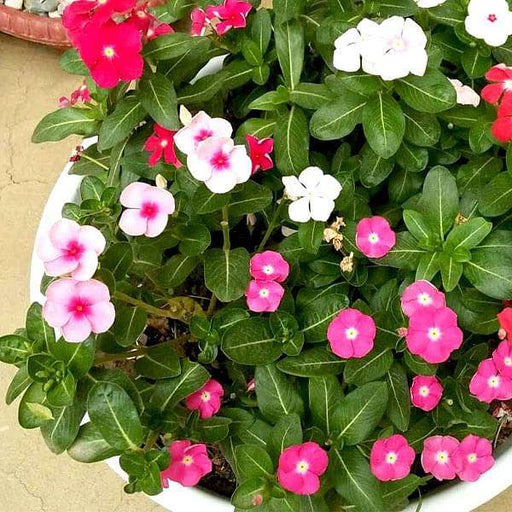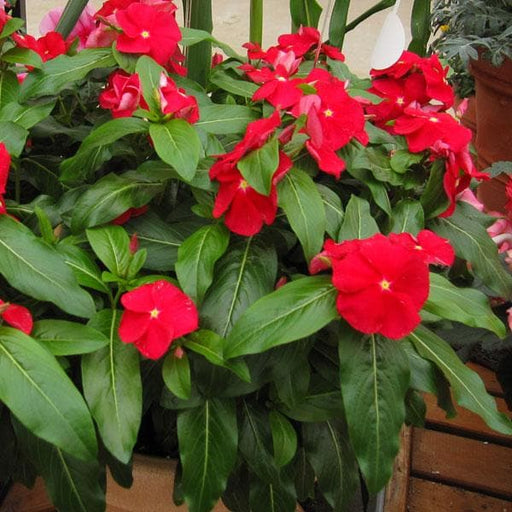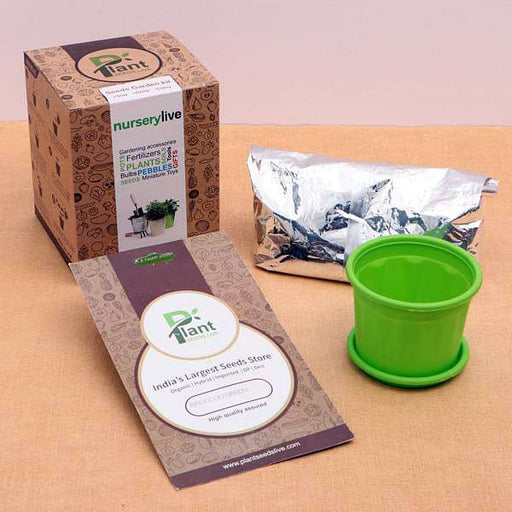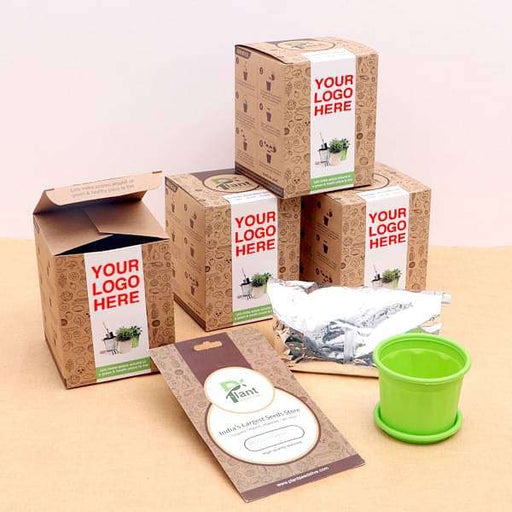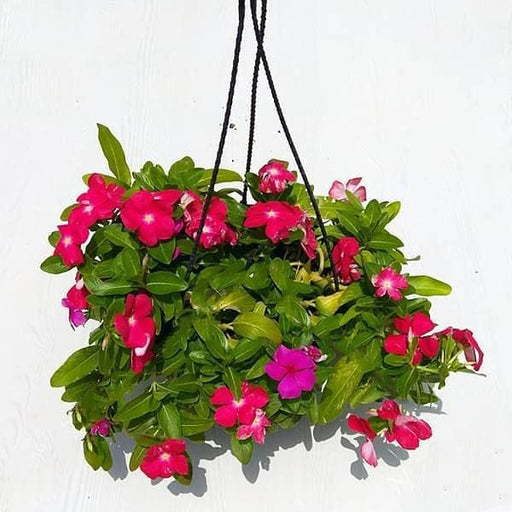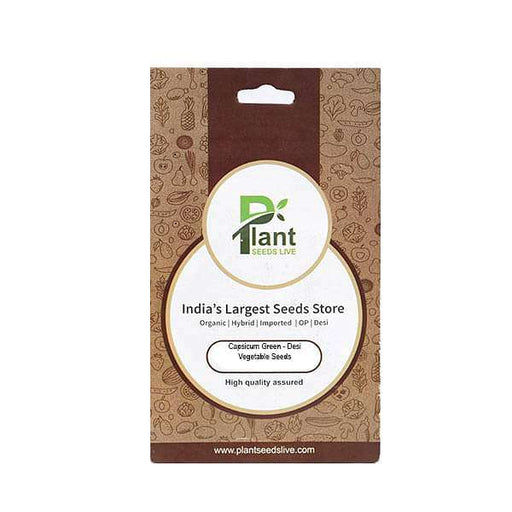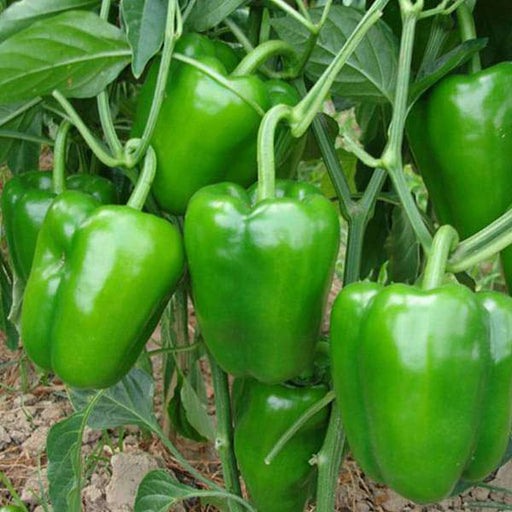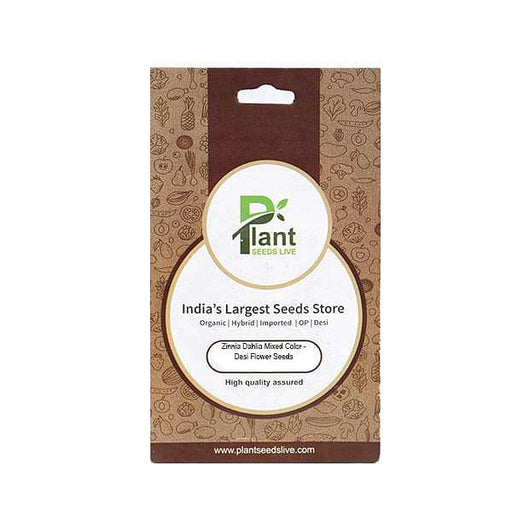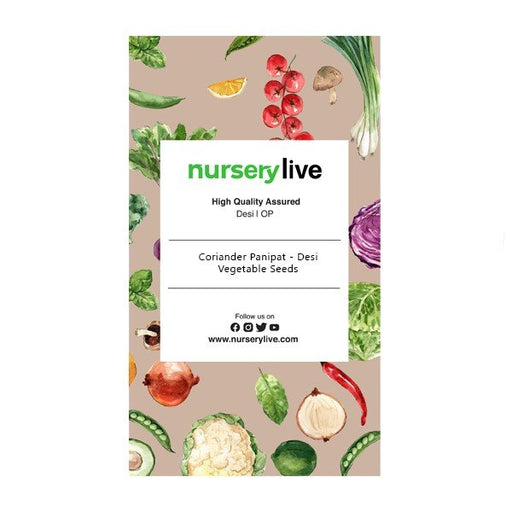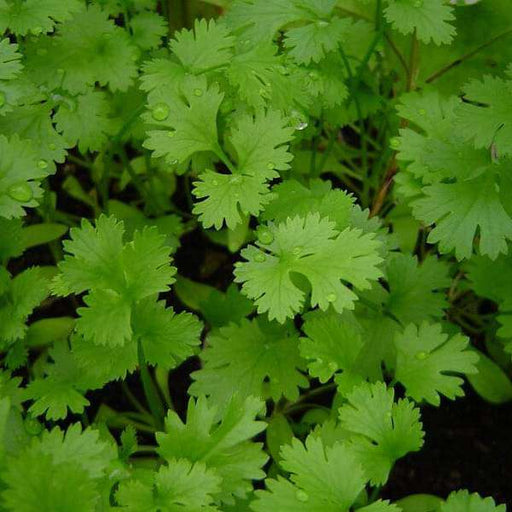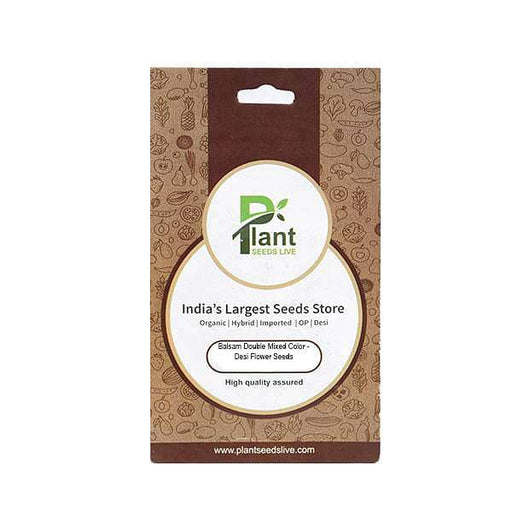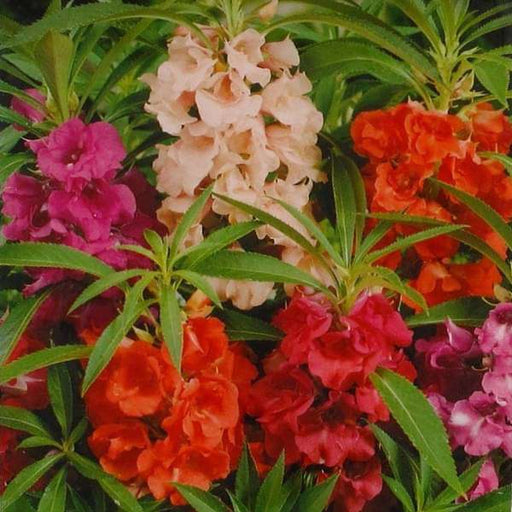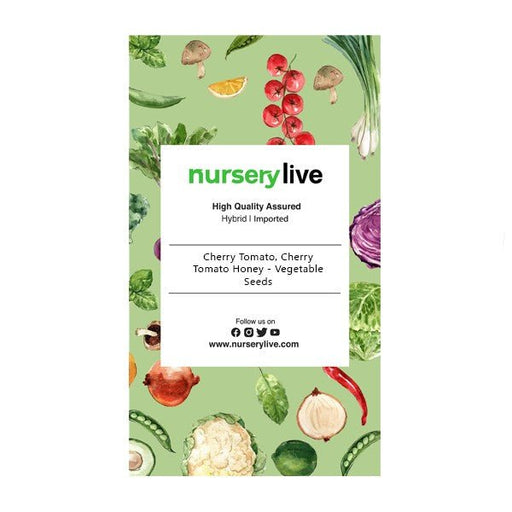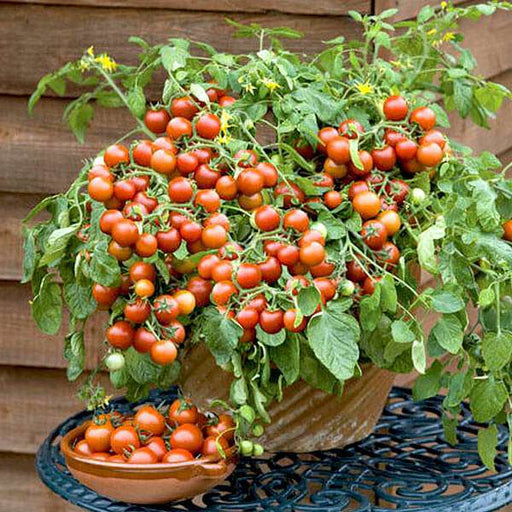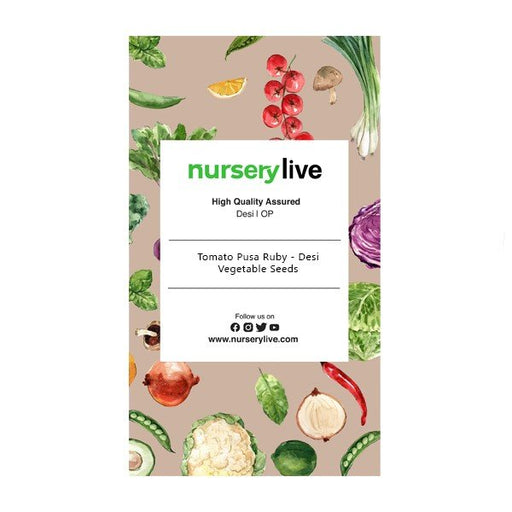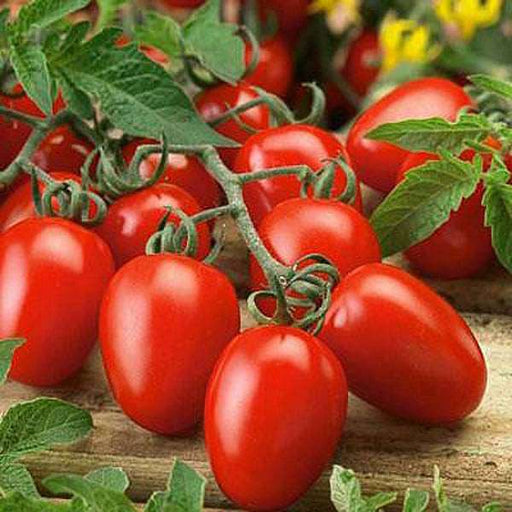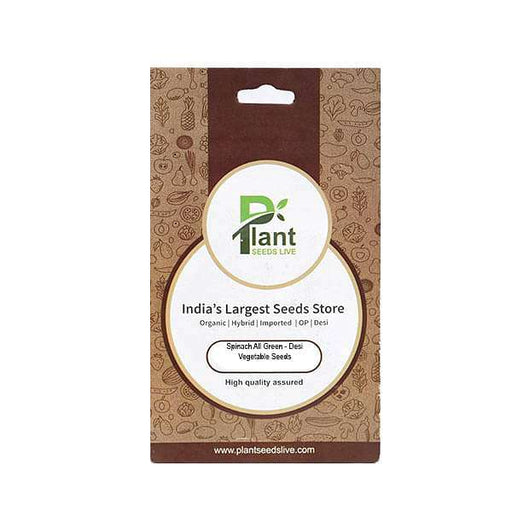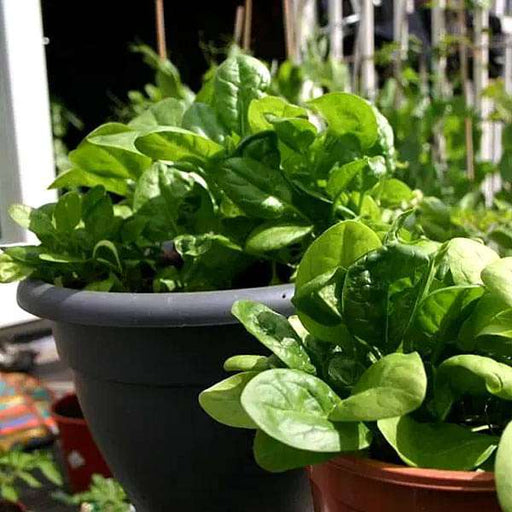Vinca Seeds for Sale
Looking for high-quality Vinca seeds for your garden? You've come to the right place! We offer a wide variety of Vinca seeds that are guaranteed to germinate and produce beautiful, colorful blooms.
Vinca Seeds Online
Buy Vinca seeds online and get them delivered to your doorstep! Our online store offers a convenient and hassle-free way to shop for Vinca seeds, with easy payment options and quick shipping.
Dwarf Vinca Seeds
If you're short on space in your garden, consider planting Dwarf Vinca seeds. These compact plants grow up to 6-8 inches tall and produce beautiful, colorful blooms that last all summer long.
Vinca Minor Seeds
Vinca Minor, also known as Periwinkle, is a popular groundcover plant that can be grown from seeds. Our Vinca Minor seeds produce plants with glossy green leaves and blue or purple flowers.
Vinca Rosea Seeds
Vinca Rosea, also known as Madagascar Periwinkle, is a beautiful flowering plant that can be grown from seeds. Our Vinca Rosea seeds produce plants with bright pink or white flowers that bloom all summer long.
Vinca Alba Seeds
Vinca Alba, also known as White Periwinkle, is a popular flowering plant that can be grown from seeds. Our Vinca Alba seeds produce plants with glossy green leaves and white flowers that bloom all summer long.
Vinca Major Seeds
Vinca Major, also known as Greater Periwinkle, is a hardy and easy-to-grow plant that can be grown from seeds. Our Vinca Major seeds produce plants with large glossy leaves and blue or purple flowers.
Vinca Seeds Bulk
If you need a large quantity of Vinca seeds for a landscaping project or commercial use, we offer bulk ordering options at discounted prices. Contact us for more information.
Vinca Seeds Germination
To ensure successful germination of Vinca seeds, it's important to sow them in well-draining soil and keep the soil moist but not waterlogged. Germination usually occurs within 7-10 days.
Vinca Seeds Planting
When planting Vinca seeds, make sure to sow them at a depth of 1/4 inch and keep them evenly spaced apart. Water gently and keep the soil moist until the seedlings emerge.
Vinca Seeds Uses
Vinca plants are used for a variety of purposes, including as ornamental plants in gardens and landscaping, as groundcover plants, and as medicinal plants for treating various ailments.
Vinca Seeds Colors
Vinca seeds come in a variety of colors, including pink, white, red, and purple. Choose your favorite colors to add a pop of color to your garden or landscape.
Vinca Seeds Fertilizer
To promote healthy growth and blooming of Vinca plants, it's important to fertilize them regularly with a balanced fertilizer. Use a slow-release fertilizer every 2-3 months during the growing season.
Vinca Seeds Watering
Vinca plants require regular watering, especially during hot and dry weather. Water deeply but avoid overwatering, as this can cause root rot.
Vinca Seeds Care
Vinca plants are relatively low-maintenance and require minimal care. Make sure to prune them back in spring or fall to promote bushy growth and deadhead the spent blooms to prolong the blooming period.
Vinca Seeds Benefits
Vinca plants have several health benefits, including anti-cancer, anti-diabetic, and anti-inflammatory properties. They are also used for treating skin conditions and improving cognitive function.
Vinca Seeds and Pests
Vinca plants are relatively resistant to pests and diseases, but they can be affected by aphids, whiteflies, and spider mites. Use organic pest control methods or insecticidal soap to keep them at bay.
Vinca Seeds and Medicinal Properties
Vinca plants have been used for centuries in traditional medicine to treat a variety of ailments, including leukemia, diabetes, and high blood pressure. They contain alkaloids that have powerful medicinal properties.
Vinca Seeds and Groundcover
Vinca plants are often used as groundcovers because of their ability to form a dense mat of foliage that suppresses weed growth. They are also effective in erosion control and slope stabilization.
Vinca Seeds and Landscaping
Vinca plants are popular in landscaping because of their vibrant colors and ability to thrive in a variety of conditions. They can be used in borders, rock gardens, containers, and hanging baskets to add a pop of color to any landscape.

